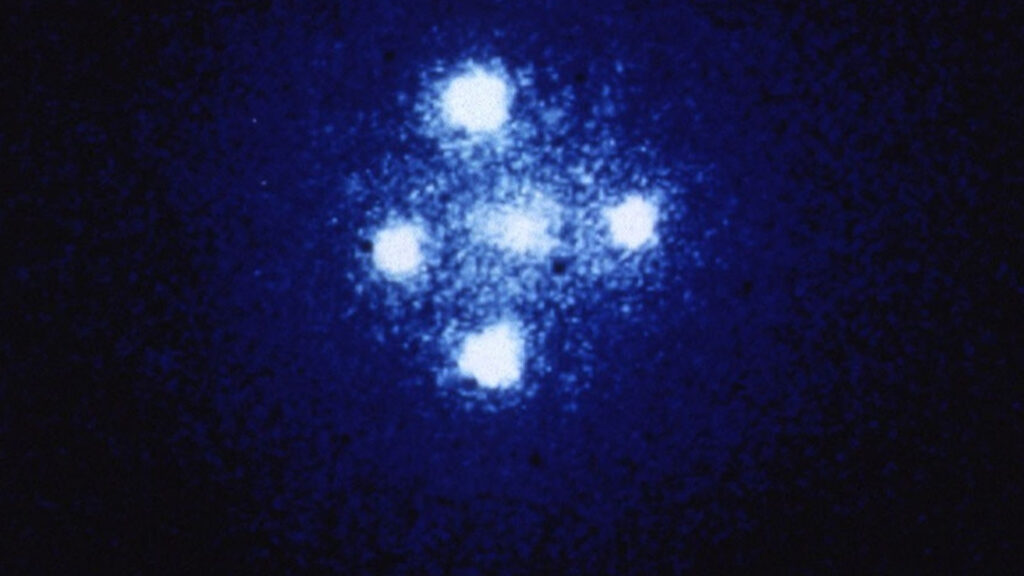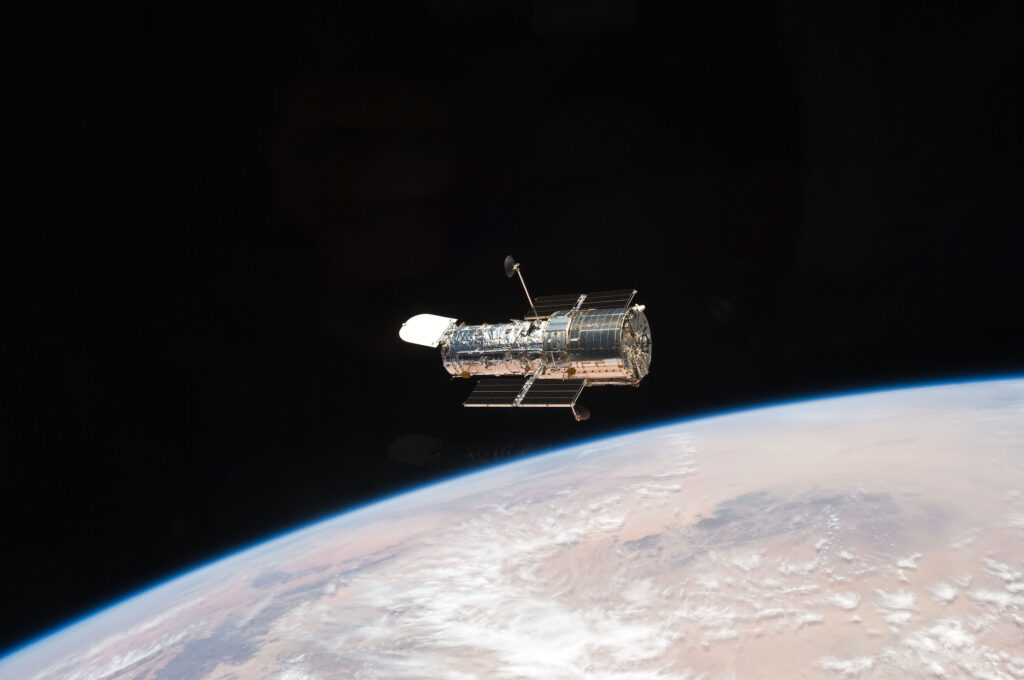
Physicists have created a mini sun with its own simulated gravity to investigate the causes of extreme space weather.
The tiny sun — consisting of a superheated plasma inside a 1-inch-wide (3-centimeter) glass sphere — produced sound waves that constrained the swirling plasma much like gravity does the actual sun.
Studying this mini-sun could help scientists predict the extreme stellar events that can cause power outages, cripple the internet (opens in new tab) and even send satellites tumbling to Earth (opens in new tab), according to a study published Jan. 20 in the journal Physical Review Letters (opens in new tab).
“Sound fields act like gravity, at least when it comes to driving convection in gas,” lead study author John Koulakis (opens in new tab), a physicist at the University of California, Los Angeles (UCLA), said in a statement (opens in new tab). “With the use of microwave (opens in new tab)-generated sound in a spherical flask of hot plasma, we achieved a gravity field that is 1,000 times stronger than Earth’s gravity.”
Related: Ancient solar storm smashed Earth at the wrong part of the sun’s cycle — and scientists are concerned (opens in new tab)
Solar weather gone wild
The sun is a gigantic ball of plasma whose charged ions swirl over its surface to create powerful magnetic fields (opens in new tab). As magnetic field lines cannot cross each other, sometimes these fields knot into kinks before suddenly snapping to launch bursts of radiation called solar flares or enormous plumes of solar material called coronal mass ejections (CMEs). Once launched, CMEs travel at speeds in the millions of miles per hour, sweeping up charged particles from the solar wind to form a giant, combined wavefront that (if pointed toward Earth) can trigger geomagnetic storms.
The exact details of when and how these storms form aren’t clearly known. Previous attempts to replicate the conditions in the heart of the sun have been met with mixed success, mainly because the Earth’s gravity tends to disrupt the simulated effects — altering them in unforeseeable ways.
To shed some light on the situation, the physicists trapped sulfur (opens in new tab) gas inside a glass sphere before blasting it with microwaves to transform it into a scorching plasma with a temperature of 5,000 degrees Fahrenheit (2,760 degrees Celsius). The sound waves produced by the swirling, ionized gas acted as a substitute for gravity — constraining the burning mixture into patterns remarkably similar to the plasma flows seen on the sun’s surface, and to those predicted by theory (opens in new tab). By capturing these flows on camera, scientists hope that they will gain some insight into the fundamental workings of our star.
The researchers say that their next steps will be to scale up their experiment, enabling them to more closely mirror the conditions on the sun and observe the gas swirling for longer periods of time.
“People were so interested in trying to model spherical convection with laboratory experiments that they actually put an experiment in the space shuttle because they couldn’t get a strong enough central force field on the ground,” study senior author Seth Putterman (opens in new tab), a professor of physics professor at UCLA, said in the statement. “What we showed is that our system of microwave-generated sound produced gravity so strong that Earth’s gravity wasn’t a factor. We don’t need to go into space to do these experiments anymore.”
RELATED STORIES
Solar activity, which astronomers have tracked since 1775, rises and falls according to a roughly 11-year cycle. Solar activity has been especially high recently, with sunspot numbers nearly twice those of NOAA predictions (opens in new tab). The increased activity has sent waves of high-energy plasma and X-ray (opens in new tab) bursts slamming into Earth’s magnetic fields, downing Starlink satellites, triggering radio (opens in new tab) blackouts and causing auroras as far south as Pennsylvania, Iowa and Oregon (opens in new tab). With the sun’s activity expected to peak in 2025, many more flares will likely lash Earth in the coming years.
The largest solar storm in recent history was the 1859 Carrington Event, which released roughly the same energy as 10 billion 1-megaton atomic bombs. After slamming into Earth, the powerful stream of solar particles fried telegraph systems around the world and caused auroras brighter than the light of the full moon to appear as far south as the Caribbean.
If a similar event were to happen today, scientists warn it would cause trillions of dollars’ worth of damage, trigger widespread blackouts and endanger thousands of lives. A massive solar storm in 1989 released a billion-ton plume of gas that caused a blackout across the entire Canadian province of Quebec, NASA reported (opens in new tab).
But this may not even scratch the surface of what our star is capable of hurling at us. Scientists are also investigating the cause of a series of sudden and colossal spikes in radiation levels (opens in new tab) recorded in ancient tree rings across Earth’s history. A leading theory is that the spikes could have come from the sun whipping up solar storms 80 times more powerful than the Carrington Event, but scientists have yet to rule out some other potentially unknown cosmic source.
Originally published on LiveScience.com (opens in new tab)


